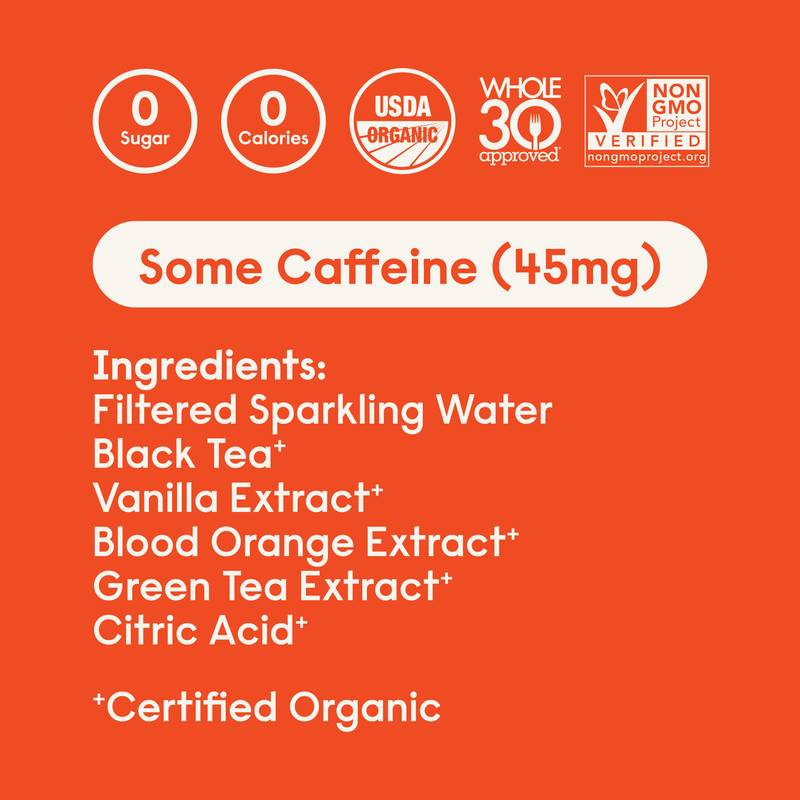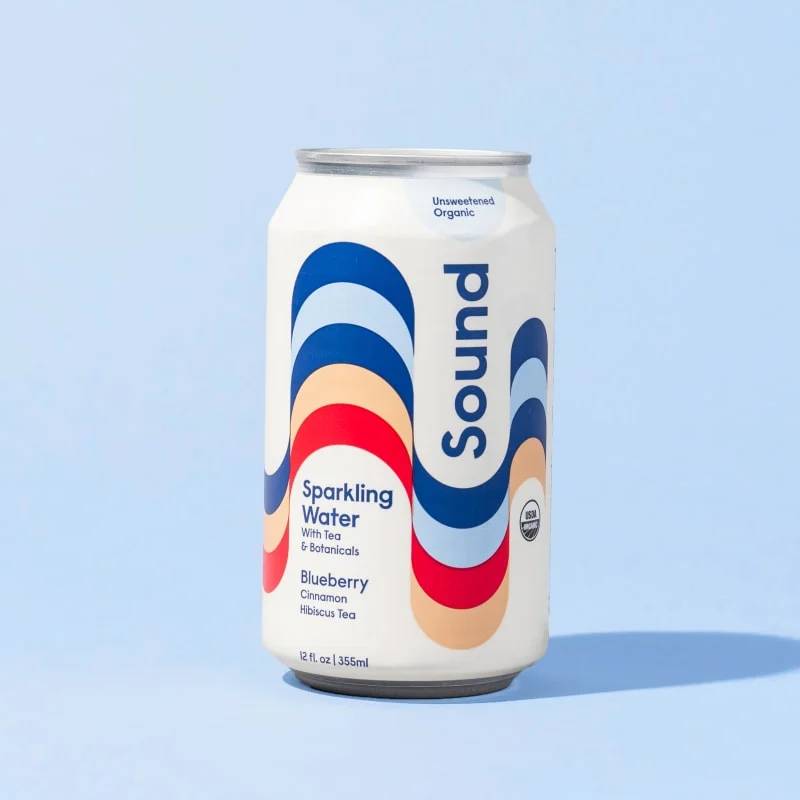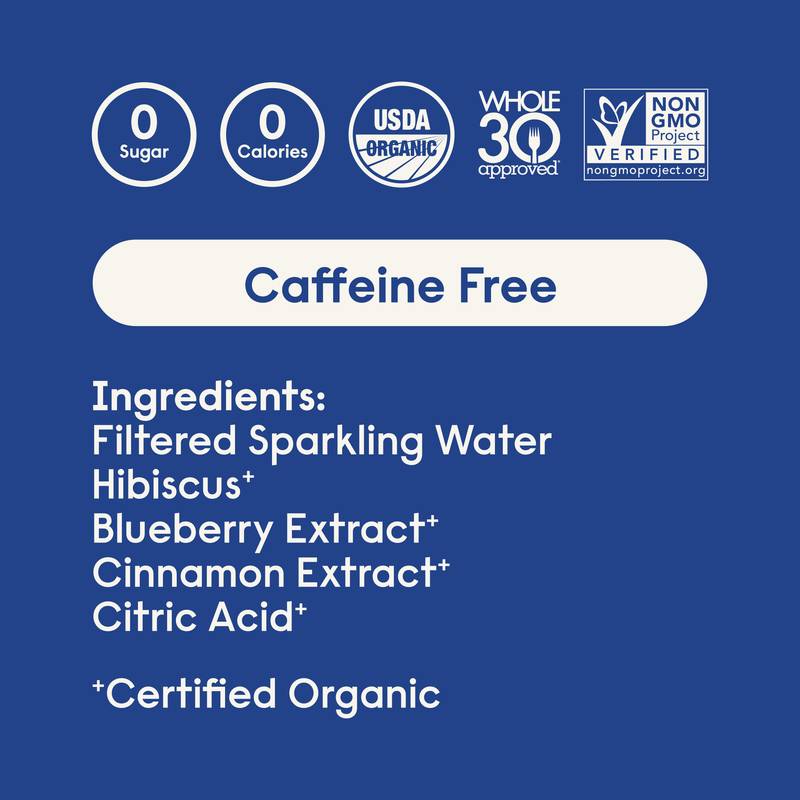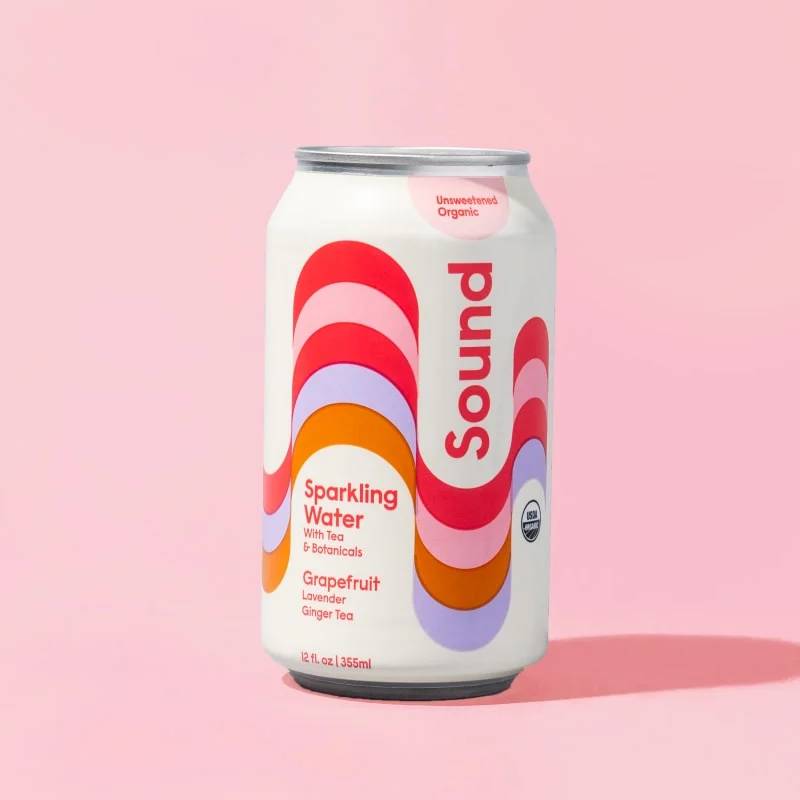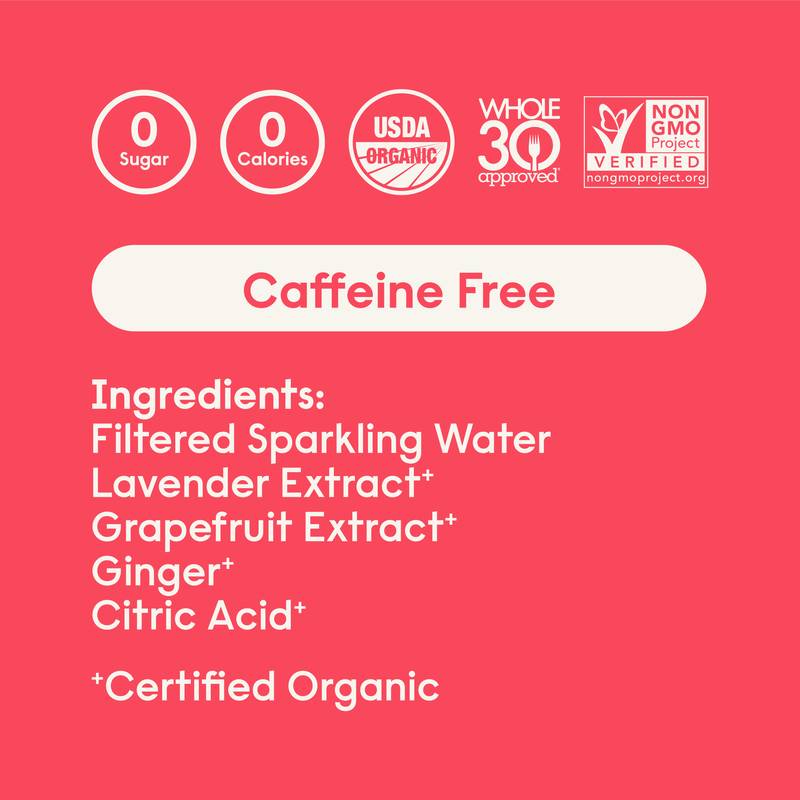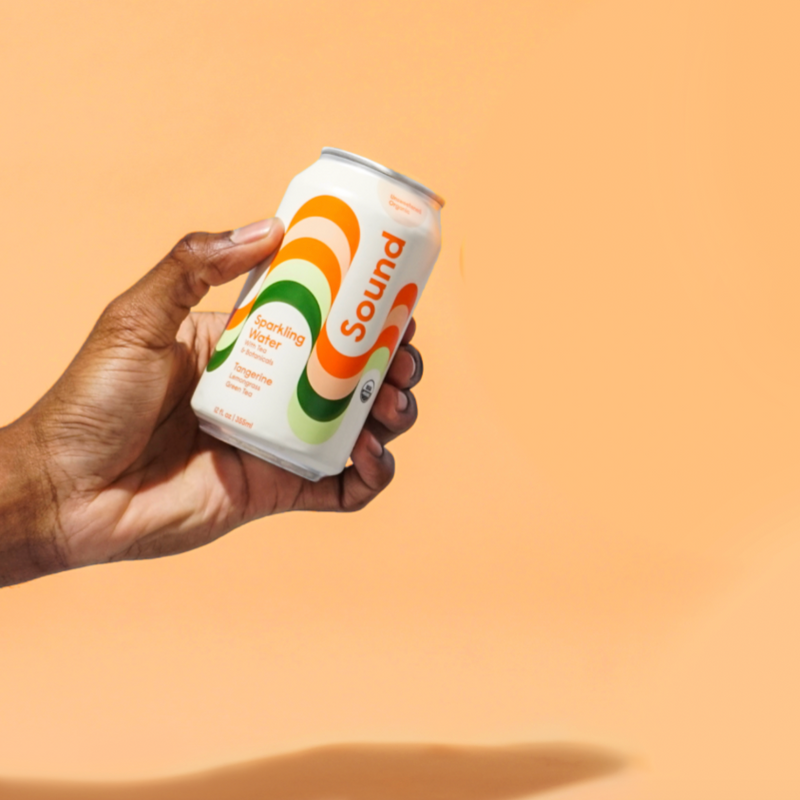The myth of mint in Greek mythology apparently went a little something like this. A lovely-smelling nymph named Minthe fell in lust with Hades, aka God of the Underworld. When Hades’ wife Persephone found out, she was pretty pissed (understandably 🤷♀️). So Persephone turned Minthe into the “plain-looking” plant now called mint. (Take away: don’t participate in affairs, noted).
Mint has clearly been around for an incredibly long time, and it has had many uses over the years. First, it’s important to point out that there are hundreds of different types of mint. Peppermint is likely the most studied when it comes to use and health benefits of mint.
The most common use for mint (besides good breath 😁) is to ameliorate some sort of digestive discomfort. Peppermint oil has been successfully used to treat symptoms associated with irritable bowel syndrome (IBS) like gas and bloating. The beneficial effects are likely in part because mint has been shown to relax the muscles.
On that same line, it is believed that the ability for mint to relax the muscles is why topical peppermint oil has also effectively been used to treat tension headaches, maybe even as well as Tylenol!


